Killed by an omnibus — why not?
So quick a death a boon is.
Let not his friends lament his lot —
Mors omnibus communis.
— Henry Luttrell
(Mors omnibus communis means “Death is common to all men.”)
Killed by an omnibus — why not?
So quick a death a boon is.
Let not his friends lament his lot —
Mors omnibus communis.
— Henry Luttrell
(Mors omnibus communis means “Death is common to all men.”)

Another contribution from Lee Sallows:
“The smallest, oldest and most famous magic square of all is the specimen of Chinese origin known as the Lo shu. In this, the numbers from 1 to 9 are so placed that their sum taken in any row, column or diagonal is 15. This is another way of saying that the sum of any three of them lying in a straight line is 15. Less well known is the ‘Egyptian’ Lo shu (seen below) in which the same numbers are rearranged in a triangular formation that exhibits the same property.”
(From his book Geometric Magic Squares, 2013.) (Thanks, Lee.)
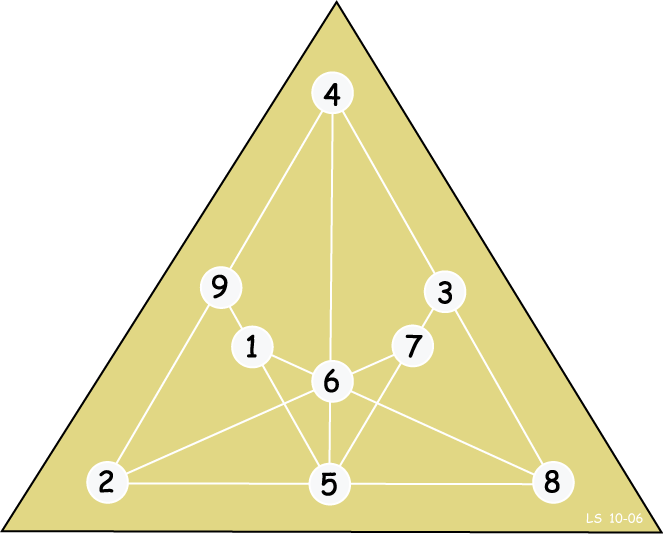
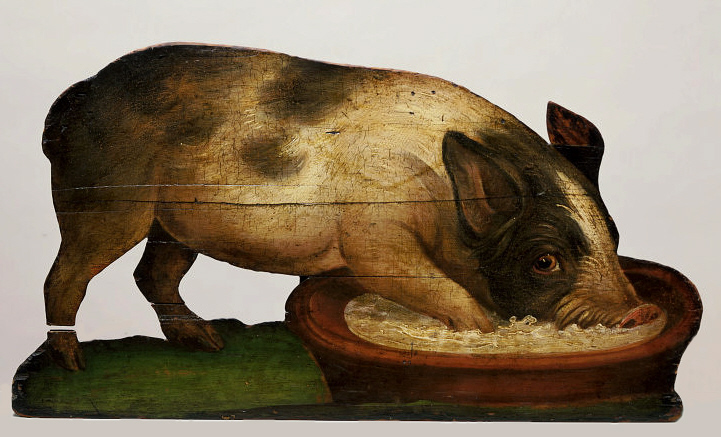
porculation
n. the feeding or fattening of pigs
(Thanks, Rob.)
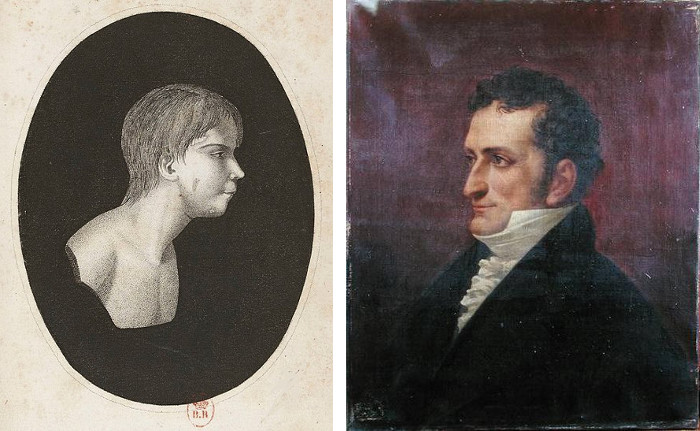
In 1800 a 12-year-old boy emerged from a forest in southern France, where he had apparently lived alone for seven years. His case was taken up by a young Paris doctor who set out to see if the boy could be civilized. In this week’s episode of the Futility Closet podcast we’ll explore the strange, sad story of Victor of Aveyron and the mysteries of child development.
We’ll also consider the nature of art and puzzle over the relationship between salmon and trees.
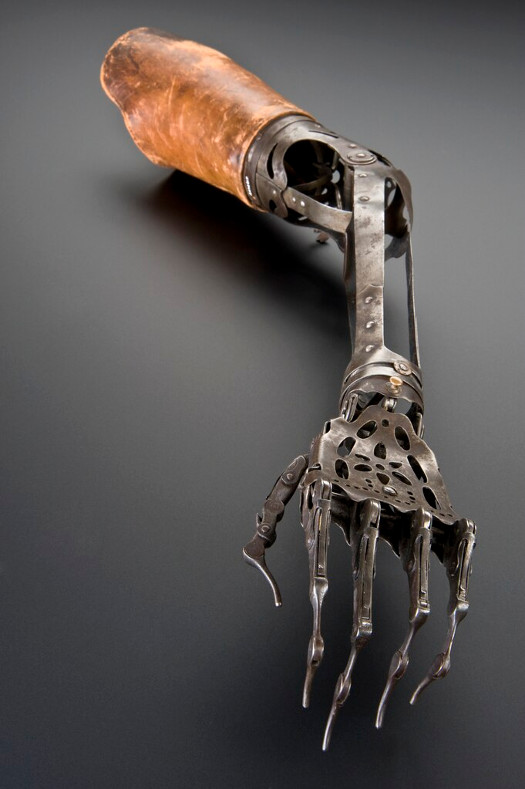
This Victorian artificial arm and hand is in the collection of the London Science Museum. “The arm is amazingly versatile,” writes Ben Russell in Robots (2017). “The elbow can be locked in several positions, and the fingers articulated using a brass button in the wrist. It is also heavily decorated in the neo-Gothic style. Rather than being covered up, this arm would be out on view, making its wearer a true man-machine.”
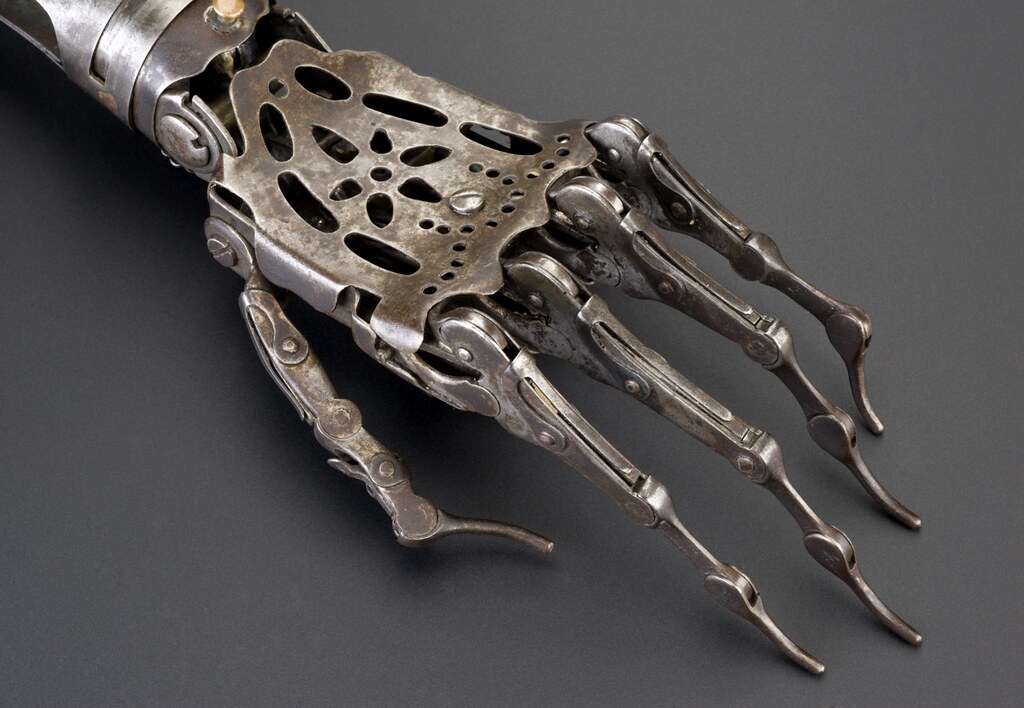
A cab was involved in a hit and run accident at night. Two cab companies, the Green and the Blue, operate in the city. 85% of the cabs in the city are Green and 15% are Blue.
A witness identified the cab as Blue. The court tested the reliability of the witness under the same circumstances that existed on the night of the accident and concluded that the witness correctly identified each one of the two colors 80% of the time and failed 20% of the time.
What is the probability that the cab involved in the accident was Blue rather than Green knowing that this witness identified it as Blue?
Psychologists Amos Tversky and Daniel Kahneman offered this problem to study subjects in 1972. The right answer is about 41 percent:
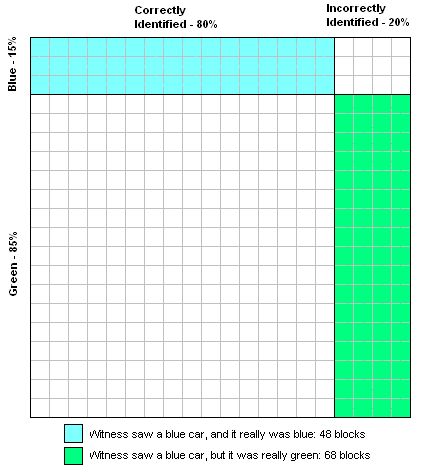
Most subjects estimated the probability at more than 50 percent, some more than 80 percent.
Tversky and Kahneman call this the representativeness heuristic: When we rely on representativeness to make a judgment, we tend to judge wrongly because the fact that a thing is more representative doesn’t make it more likely.
(Amos Tversky and Daniel Kahneman, “Evidential Impact of Base Rates,” No. TR-4, Stanford University Department of Psychology, 1981.)
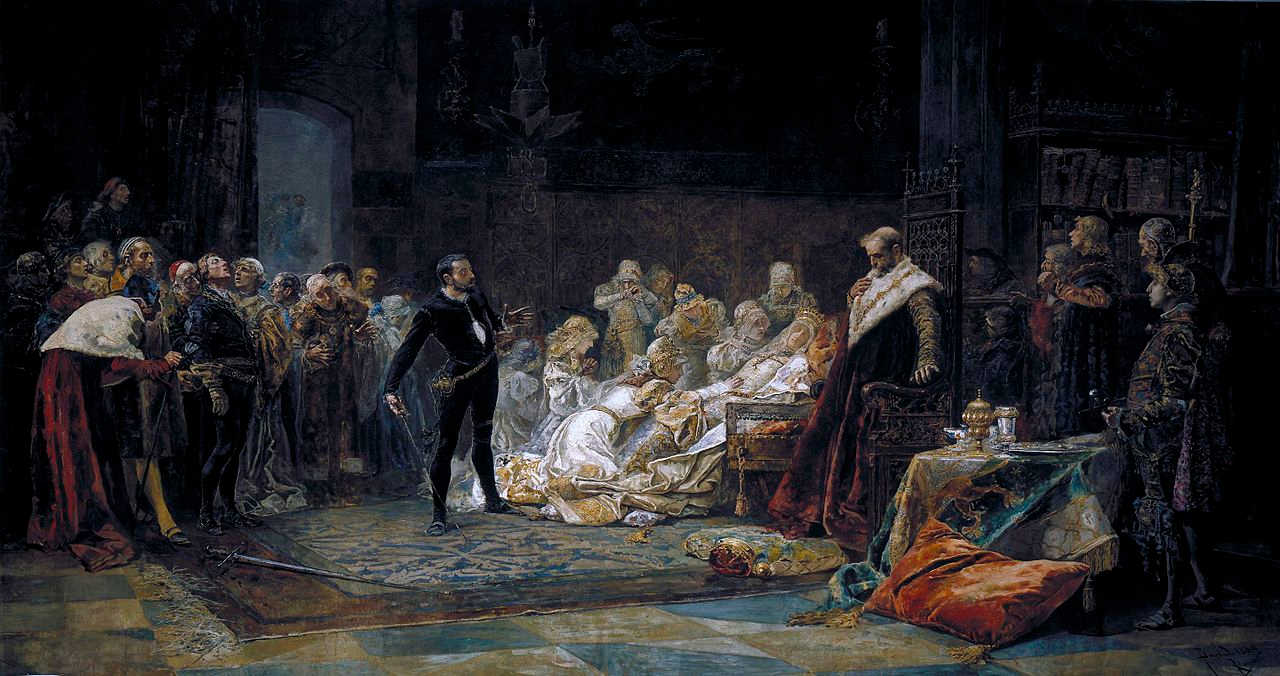
Did Ophelia ask Hamlet to bed?
Was Gertrude incestuously wed?
Is there anything certain?
By the fall of the curtain
Almost everyone’s certainly dead.
— A. Cinna
Once a raven on Pluto’s dark shore
Brought the singular news: “Nevermore.”
‘Twas of useless avail
To ask further detail,
His reply was the same as before.
— Anthony Euwer
There once was a fellow called Hyde,
Whose twin self he couldn’t abide;
But Jekyll, the Devil,
Dragged Hyde to his level,
“Inside job,” cried Hyde, as he died.
— E.J. Jackson
When Ireland was bloody and leaderless,
The tedious, garrulous Daedalus —
Having failed both as priest
And as Glorious Beast —
Sailed away to write books that were readerless.
— Gina Berkeley
Is it possible to divide a circle into n parts of equal area using only a straightedge and compasses?
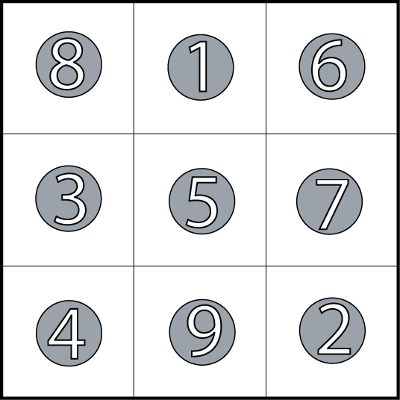
Lee Sallows sent this clever puzzle, a followup to one we presented in 2010:
In the square shown above, any 3 counters in a straight line sum to 15.
Puzzle: Reposition the counters (again, one to each cell) to produce a new square again showing eight collinear triplets summing to 15, but with 1 now placed in a corner square.
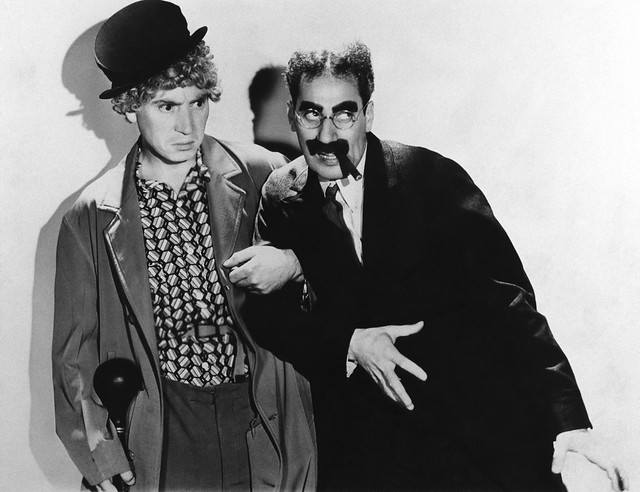
We never did stop ad libbing. No two performances were ever quite the same. One matinee, during the second month in New York, I cooked up a little surprise for Groucho. During one of his quieter scenes, while I was offstage, I selected a blond cutie from the chorus, and asked her if she’d like a bigger part in the show. She was willing and eager. I told her all she had to do was run screaming across the stage. She did, and I tore after her in full pursuit, leaping and bounding and honking my horn. It broke up Groucho’s scene, but when the laughs subsided, Groucho was ready to top it. ‘First time I ever saw a taxi hail a passenger,’ he said.
— Harpo Marx, Harpo Speaks!, 1961